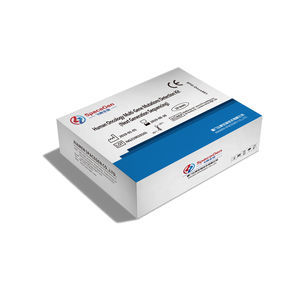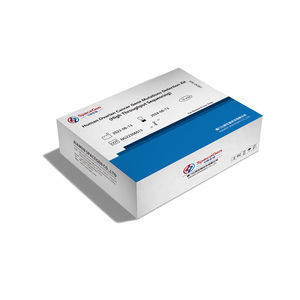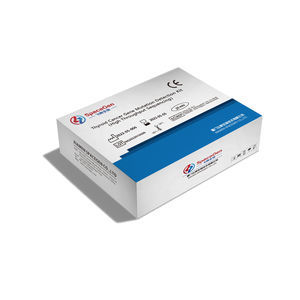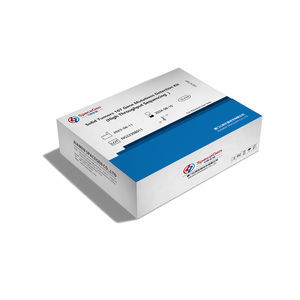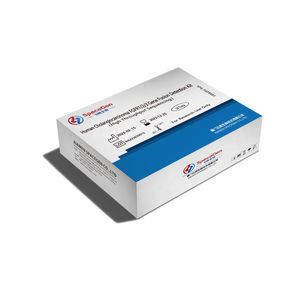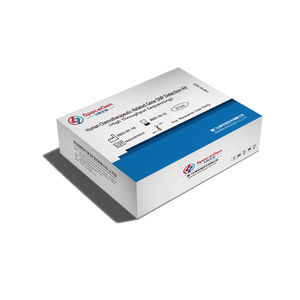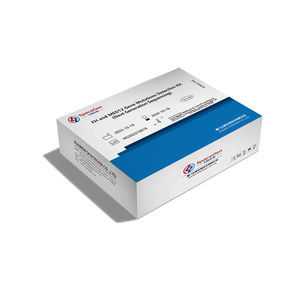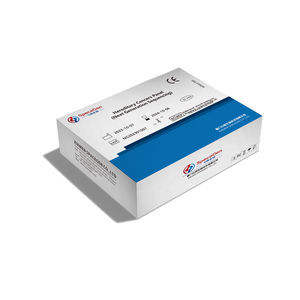

- Company
- Products
- Catalogs
- News & Trends
- Exhibitions
Glioma detection kit Glican®for researchMETfor BRAF mutations
Add to favorites
Compare this product
Characteristics
- Applications
- for research, glioma
- Tested parameter
- MET, for BRAF mutations, for EGFR mutations, for PIK3CA Gene, for PDGFRA gene mutations, for TP53 gene
- Sample type
- tissue
- Analysis mode
- molecular
- Result display time
4 h
Description
Glioma is a tumor that originates from brain neuroglial cells and is the most common primary intracranial tumor. Among them, glioblastoma is the most invasive tumor in the central nervous system (CNS), accounting for the majority (58.4%) of gliomas, with a median overall survival as low as 12-15 months. In the 2021 fifth edition of the World Health Organization (WHO) classification of central nervous system tumors, gliomas are divided into five groups based on histological and molecular pathological characteristics: adult-type diffuse glioma, pediatric-type diffuse low-grade glioma, pediatric-type diffuse high-grade glioma, localized astrocytic tumors, and ependymal tumors. With the advancement of pathology and improvement in pathological testing techniques, particularly the development of next-generation sequencing and epigenetic profiling, the genetic background and mechanisms of glioma occurrence and development are gradually becoming clear. An increasing number of molecular biomarkers have been shown to play important roles in the classification, subtyping, grading, prognosis, and treatment of glioma.
DETECTION SIGNIFICANCE
1. Assisting in subtyping: The diagnosis of glioma requires obtaining tumor specimens through surgical resection or biopsy for histological and molecular pathological examinations to determine the pathological grade and molecular subtype. Currently, major molecular pathological markers include IDH1/2, 1p/19q co-deletion, TERT, H3F3A, BRAF , and others.
2. Prognostic assessment: Different molecular subtypes and markers can have different prognostic characteristics.
Catalogs
No catalogs are available for this product.
See all of SPACEGEN‘s catalogsRelated Searches
- Assay kit
- Blood assay kit
- Immunoassay assay kit
- Plasma assay kit
- Infectious disease detection kit
- Analysis software
- Molecular test kit
- Respiratory infection test kit
- Whole blood detection kit
- Optical assay kit
- Clinical assay kit
- Fluorescence assay kit
- Viewer software
- Real-time PCR test kit
- Research assay kit
- Laboratory software
- Windows software
- Laboratory detection kit
- Cell assay kit
- Oncology test kit
*Prices are pre-tax. They exclude delivery charges and customs duties and do not include additional charges for installation or activation options. Prices are indicative only and may vary by country, with changes to the cost of raw materials and exchange rates.

